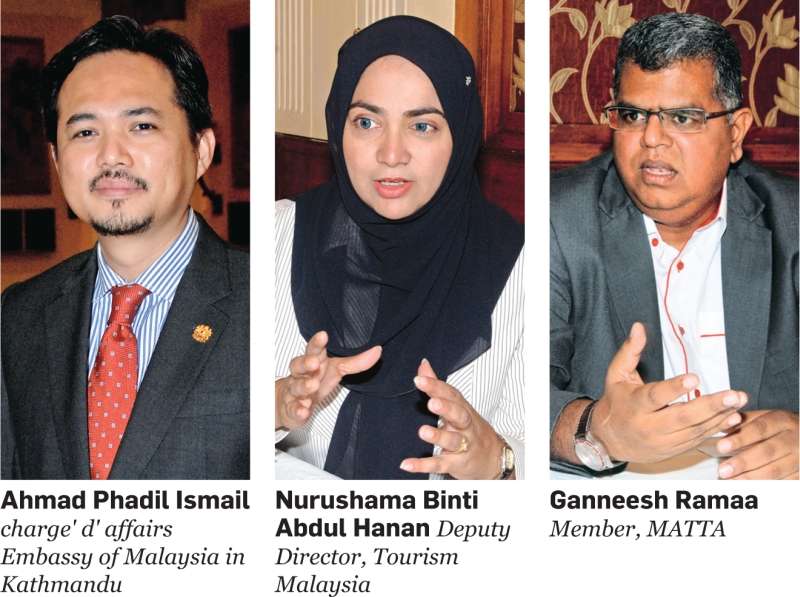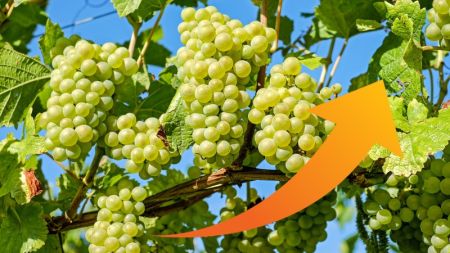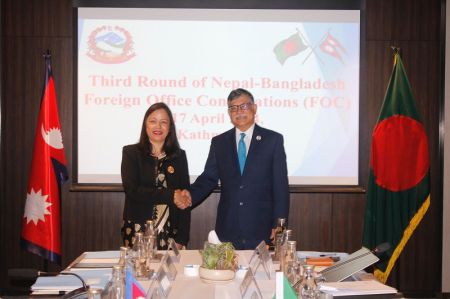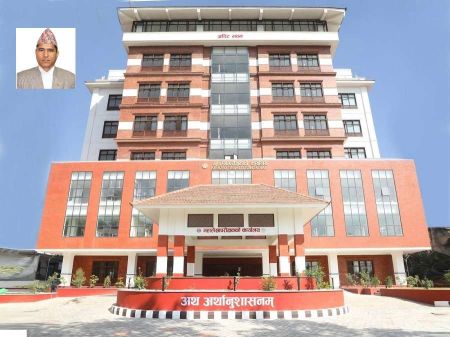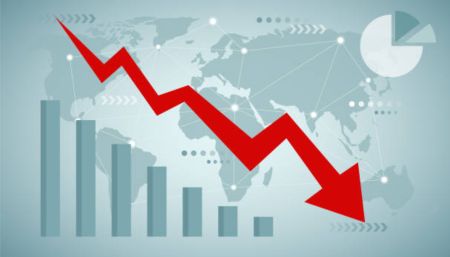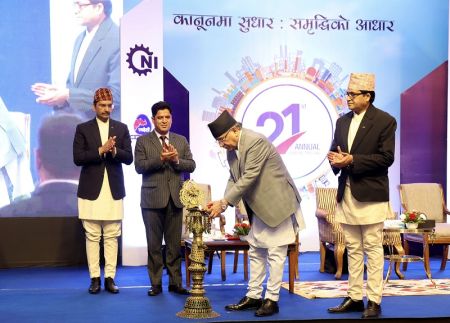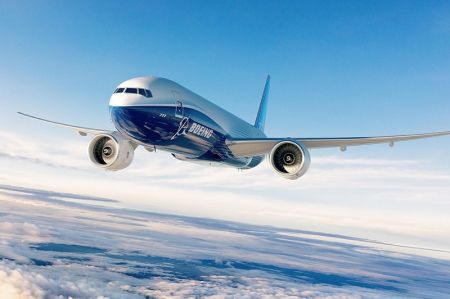The Malaysian Association of Tour and Travel Agents (MATTA) and Tourism Malaysia recently organized a road show in Nepal to promote Malaysian Tourism among Nepali tour operators. With 35 direct flights from Kathmandu in a week, Malaysia has become the next top tourist destination for Nepalis after Thailand. Nurushama Binti Abdul Hanan, deputy director, Tourism Malaysia, and Ganneesh Ramaa, member of MATTA, were in Nepal for the event. New Business Age caught up with the duo along with Ahmad Phadil Ismail, charge' d' affairs at the Embassy of Malaysia in Kathmandu for a quick conversation about Malaysian Tourism. Excerpts:
What is the purpose of your visit?
Hanan: We are here together with MATTA to see the industry players of Nepal’s tourism and to tell them more about the new destinations and activities that are emerging in Malaysia. We do believe that the Nepali market is not yet aware about the facilities and new attractions that are coming up in Malaysia, like the Movie Animation Park Studio, the first of its kind in Southeast Asia that is opening on June 26 this year.
We are promoting Malaysia as an excellent destination for a perfect holiday. Like Nepal, Malaysia is also a multi-racial country including Malays, Indians and Chinese. The similarity makes it a perfect place for us to promote cultural tourism. We are also getting good tourist arrivals from Nepal. So, it is high time for us to promote the Malaysian tourism in Nepal.
How do you evaluate the current tourist flow between Nepal and Malaysia?
Ismail: The embassy hopes that the event will increase the number of Nepali tourists willing to explore what Malaysia has to offer. Many Nepalis perceive Malaysia only as an employment destination. We have educational institutions, health and sports tourism as well and hopefully the Nepali tour agencies will notice what we are trying to achieve and help with better promotion.
We receive a decent number of tourists from Nepal but I think there is still more to be done to attract more tourists. The Embassy of Malaysia in Nepal is working together with MATTA this year to bring the industry players of both countries for promotion and we hope that the number of tourists to Malaysia will increase, especially as a family destination.
How do you see the trend of Nepali tourists visiting Malaysia? What do Nepali tourists seek mostly while vacationing in Malaysia?
Ismail: Last year, we had 45,000 Nepali tourists visiting Malaysia which was a big improvement compared to the downfall in 2015, following the earthquake in Nepal. But before that, we used to receive around 100,000 Nepali tourists a year. So, we are looking forward to a rebound. Nepali tourists mostly seek family vacations and shopping when it comes to visiting Malaysia.
Hanan: Malaysia is a value-for-money destination. So it’s a great spot for tourists from the Indian Sub-continent. You can get five star bookings for the price of a three star hotel and it is considered one of the top five shopping destinations in the world after New York, Berlin, Los Angeles and London with branded stores and sales happening three to four times a year.
The number of Malaysian tourists visiting Nepal has averaged 15,320 in 2013-2016. How can Nepal welcome more Malaysian guests?
Ismail: Malaysians have become more health conscious of late. So coming to Nepal, they seek eco-sports such as hiking and trekking. The number of Malaysian tourists visiting Nepal has risen over the years.
Ramaa: There are many Malaysian tourists who want to come to Nepal for pilgrimages. Most Malaysian Chinese go to Lumbini and Malaysian Indians to Pashupatinath in Kathmandu. Kathmandu also lies en route to Mt Kailash in Tibet where most of the Malaysian Indians wish to travel. So I think this aspect should be promoted properly to attract more Malaysian tourists to Nepal.
What makes Malaysia one of the world's top tourist destinations?
Hanan: The slogan “Malaysia Truly Asia” says a lot! The cultural diversity that Malaysia has makes it a mini Asia in itself. We take pride in our diversity and preserve the different cultures by teaching ethnic languages in schools. Malaysia also celebrates all major festivals such as the Chinese New Year, Eid, Christmas and Durga Puja. So, there’s always something going on throughout the year.
Ismail: For me, it is also about the cuisine. The diverse cuisine that you find there is a result of the cultural diversity. You can find traditional as well as modern dishes in Malaysia. It’s a haven for foodies. Now, we also have world class health facilities, something that wasn’t promoted previously as an aspect of tourism but now the Nepali tourists can explore it. Malaysia offers quality health services at affordable costs.
Ramaa: It is a year-round destination with tropical weather. The place is modern and easy to commute. Within a span of four days, you can experience a full range of the country’s best attractions from beaches and rainforests to theme parks and shopping. It’s a complete package and there is something for everyone from the old to young.
How can Nepal Tourism Board and the Malaysian Tourism Board collaborate to help tourism flourish in both the countries?
Ramaa: We are open to all sorts of collaborations. So, it’s up to our Nepali counterparts as to how they want to move ahead. We could do a promotion campaign here and another one in Malaysia annually. So far there haven’t been collaborations but MATTA signed an MoU with NATTA (Nepal Association of Tour and Travel Agents) in March. So, by the next couple of years, we are positive that we’ll see some activities happening. Both the associations have already taken their first steps. Now it’s only a matter of time.


